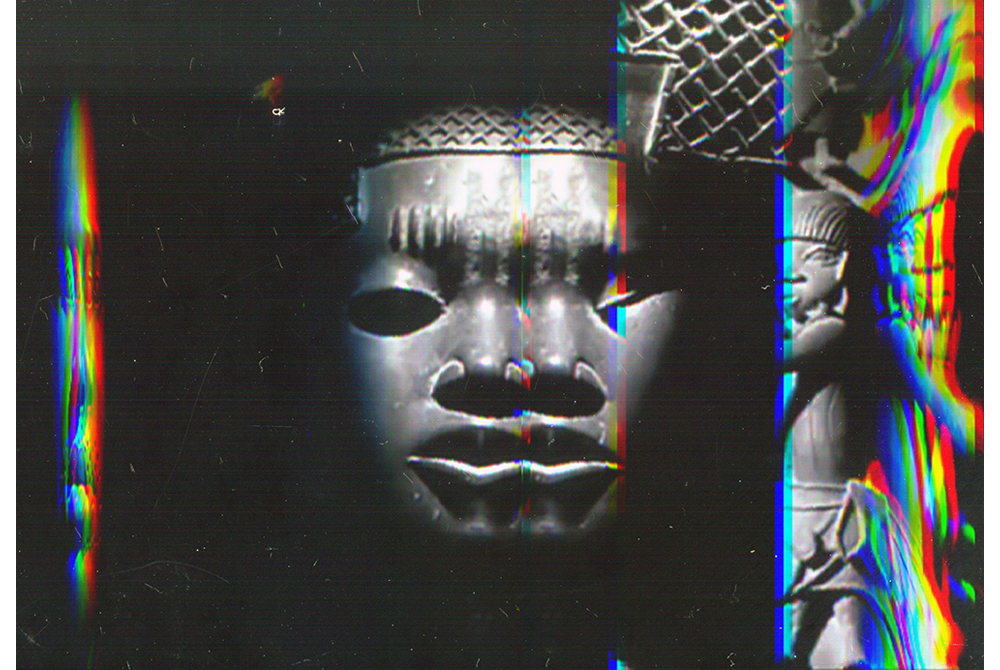Raymond Boisjoly (b. 1981) is an Indigenous artist of Haida and Québécois descent who lives and works in Vancouver. In 2008 he received his MFA at the University of British Columbia, having completed his BFA from Emily Carr University of Art and Design in 2006, and he is now represented by Catriona Jeffries Gallery. Boisjoly is at the forefront of an emerging strain of thinking about how Indigenous artistic, cultural and political histories can inform contemporary practice.
Boisjoly has a strong, sensitive awareness to language, and pays particular attention to aspects of language that have faced erasure and ways that words appear and shapeshift. Many of his works involve text, which rarely translate straightforwardly. In (And) Other Echoes (2013) Boisjoly places the following text, printed in adhesive black vinyl, onto a hardwood floor: “what had happened to our / world, / they were in that very place, / now they were not, / now I am not but I will be, / I carry it with us for us, / place to place from time to / time, again and again then now, / and forever, / never to finally know, / but still careful, / but still careful, / but still concerned, / but still, / and still,.” The works are sophisticated and economical in their expression, with manifold possible readings and a canny blurring of past, present and future.
He forges new interpretations of historical moments, particularly across the spectrum of colonialism, and encourages viewers to witness written history as only one component of multiple resultant issues. His approach to human histories sometimes sidle up to thinkers like Sun Ra, Parliament-Funkadelic, and other Afrofuturist musicians whose philosophies radically and creatively reimagine the fraught histories of oppressed groups, with influences hailing from Eastern thought, notions of space travel, fantasy and alternate reality. So-called new technologies are utilized in Boisjoly’s practice, from iPads to Xerox machines, and he is deliberate about how the media’s specific characteristics connect with or inform the resultant work’s narrative.









